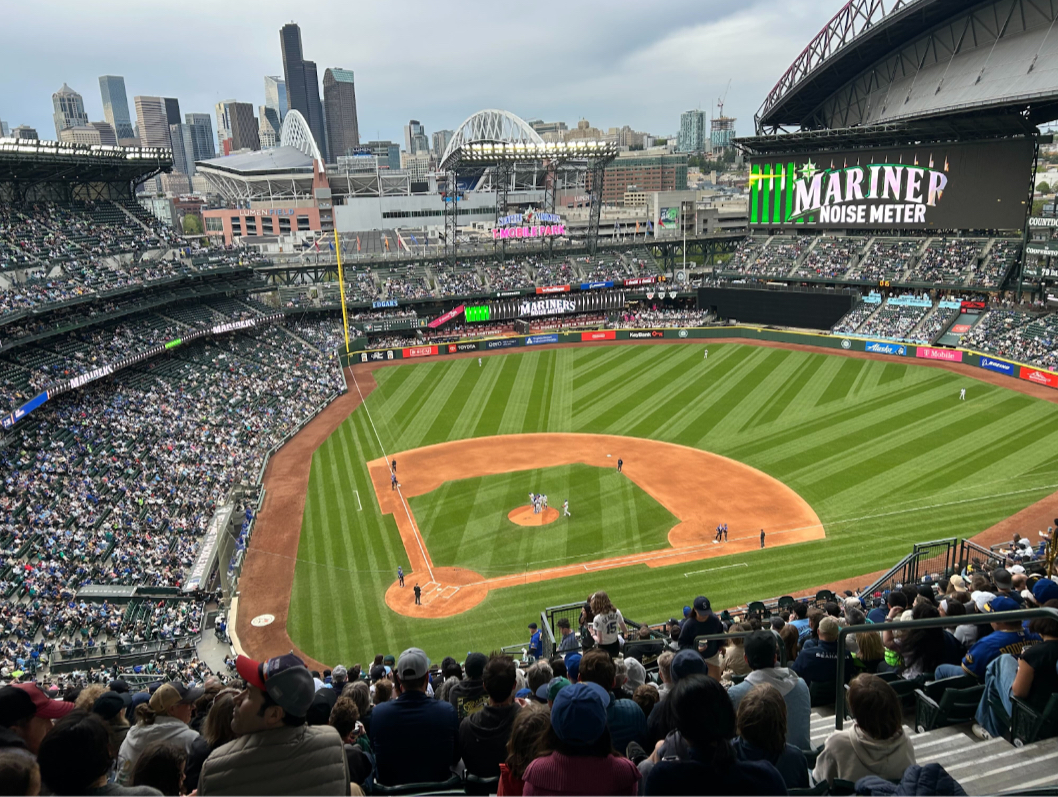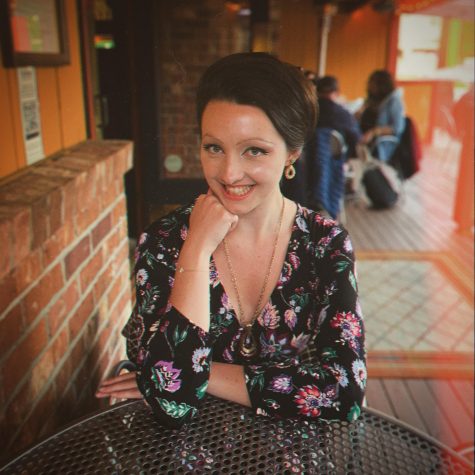HORROR FILM LIVES UP TO ITS PREDECESSOR
1977’s cult slasher flick “Suspiria” was resurrected this fall, with a brand-new interpretation that presents a satisfying blend of clever similarities, thrilling variations and unconventional terror.
The original “Suspiria,” directed by Italian filmmaker Dario Argento, follows ballet student Susie Bannion’s excursion into a prestigious German dance academy which is soon revealed to be run by a coven of witches led by the mysterious Helena Markos.
Silent movie star Joan Bennett plays the strict dance instructor Madame Blanc, who serves as both the students’ main teacher and second-in-command to Markos’ unseen reign.
The visually avant-garde murder of student Pat Hingle kicks off a chain reaction of paranoia as her disappearance remains a warning throughout the film to any student who dares defy the faculty.
Actress Jessica Harper previously enjoyed her debut in Brian De Palma’s rock opera “Phantom of the Paradise” (1974). In “Suspiria,” she portrays Susie, who appears generally unfazed in the face of the film’s nightmarish maze of a plot.
After Susie suffers from a dizzy spell during rehearsal, the eccentric faculty restricts her to her room. Her roommate and newfound friend, Sarah, concurs with Susie’s suspicions of the staff and discreetly joins her quest to solve the mysteries surrounding the academy.
Surrounded on all sides by dense woods, the academy itself features bright red velvet walls that line narrow hallways, and doses of red light which bathe every other scene — almost as if to serve as literal “red flags” of the danger engulfing the oblivious students.
It becomes increasingly apparent that not everything is as it seems. This is proven through the violent obstacles that prevent all but Susie from putting an end to the evil.
The events rarely stray from the building, save for a sudden departure into a daytime plaza within a small business district where Susie sits outside with a Dr. Frank Mandel to inquire about witches.
The scene is a breath of fresh air for viewers who have forgotten that life proceeds as usual beyond the academy. It remedies the claustrophobic feeling that the building induces, but proves short-lived.
Sure enough, the film’s reimagining exceeds all expectations.
“Suspiria” (2018) is set in 1977, the same year as its predecessor, and pays perfect homage to the era through its cinematography, with spacious shots full of muted colors and asymmetrical set designs.
Directed by Luca Guadagnino (“Call Me by Your Name”), this artsy upgrade sets the scene against a backdrop of political protests within a recovering Berlin, offering a new take on what may be fuelling the academy’s evil roots.
Dakota Johnson, of “Fifty Shades of Grey” fame, demonstrates a sharp departure from her previous lighthearted roles. She carries a wonderfully understated performance as Susie, whose naivety is peeled away into something more sinister as the film progresses.
Chloe Grace Moretz co-stars alongside Johnson and she’s no stranger to horror remakes: In 2013, she took on the title role of a well-rounded “Carrie” (1976) reboot. Here, she plays Pat and shines in one of the very first scenes as she rambles disjointedly to her psychiatrist, Dr. Jozef Klemperer.
Tilda Swinton (“Doctor Strange,” “Snowpiercer”) plays an interesting dual-role as both the icy Madame Blanc and reserved Dr. Klemperer, a doctor who serves as a much more in-depth version of the original Dr. Mandel. Here, the film introduces a side-plot involving Dr. Klemperer’s separation from his wife during World War II.
Along with its new themes, Guadagnino’s “Suspiria” expands upon several aspects of Argento’s original foundation — many of which salute its sensory qualities.
Thom Yorke of Radiohead composed the film’s soundtrack. The music provides hypnotic, driving patterns which gradually build during dance sequences, and the leitmotif “Suspirium” evokes bittersweet feelings with its soft piano and subtle vocals that reinforce the story’s doomed fate.
“Suspiria” (2018) is a shocking hall of mirrors that pays worthy tribute to its predecessor; proof positive that new life can be breathed into a beloved cult favorite.
Its two-hour and 32-minute run time is a jump from the original’s hour and 40 minutes, but well worth every second as it harkens back to the days of classic thrillers that took their sweet time establishing the story before throwing the viewer head-first into the action.
An abundance of bone-chilling visuals create an inherent sense of dread and the feeling that there’s nothing you can do but sit back and helplessly watch. This is especially evident when, this time, Susie’s weakness in the studio is connected to a truly horrifying sequence that must be seen to be believed.
This scene showcases one of the many powerful uses of juxtaposition that Guadagnino incorporates, as he splices between unnerving cuts of events widely known to characters and the concurrent torment that, occurring elsewhere, is witnessed only by the audience.
Until very recently, perhaps only films such as Stanley Kubrick’s psychological horror “The Shining” (1980) could give certain movie-lovers this authentic sense of impending dread due to its petrifying score and unsettling circumstances.
If this rings true for you, take comfort in the fact that your search for thrills may finally come to a satisfying halt.
“Suspiria” (2018) proves that popular horror can still be this chilling — and even shares similarities to “The Shining” in its use of consistent colors and patterns, paranormal themes and exposure of the film’s protagonist to a series of uncanny circumstances within the walls of a single building.
A one-of-a-kind experience, Guadagnino’s “Suspiria” will hold you captive through a paralyzing escapade into the dark world of the dance school that started it all.








